Calculating probablities can be used to help us make decision. PatrickJMT explains how to calculate probability in an "either A or not A" scenario. The probability of A plus the probability of not A is equal to one. Therefore, the probability of A is equal to one minus the probability of not A ; P(A)= 1 - P(not A). The probability of a major earthquake in San Francisco over a period of time is used as an example. The probablity of an earthquake of a magnitude of 7.5 or greater in San Francisco in any given year is said to be 2 percent or 0.02. Assuming that the earthquakes are independent of each other, he calculates the probability of San Francisco having a major earthquake in the next 25 years. This is one minus 0.98 to the power of 25, or about 0.397. There is therefore an approximately 40 percent chance that San Francisco will have a major earthquake in the next 25 years. He shows us how the scenario gets worse for San Francisco over the next 50 and 100 years with increasing probabilities that a major earthquake will happen.
Just updated your iPhone? You'll find new emoji, enhanced security, podcast transcripts, Apple Cash virtual numbers, and other useful features. There are even new additions hidden within Safari. Find out what's new and changed on your iPhone with the iOS 17.4 update.



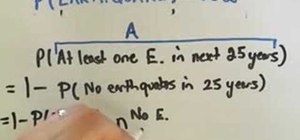







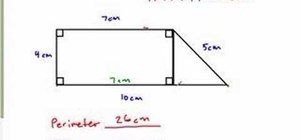
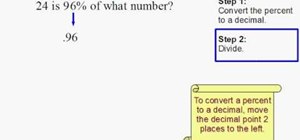




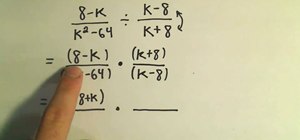





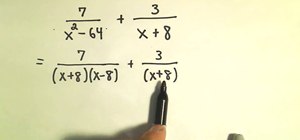
Be the First to Comment
Share Your Thoughts